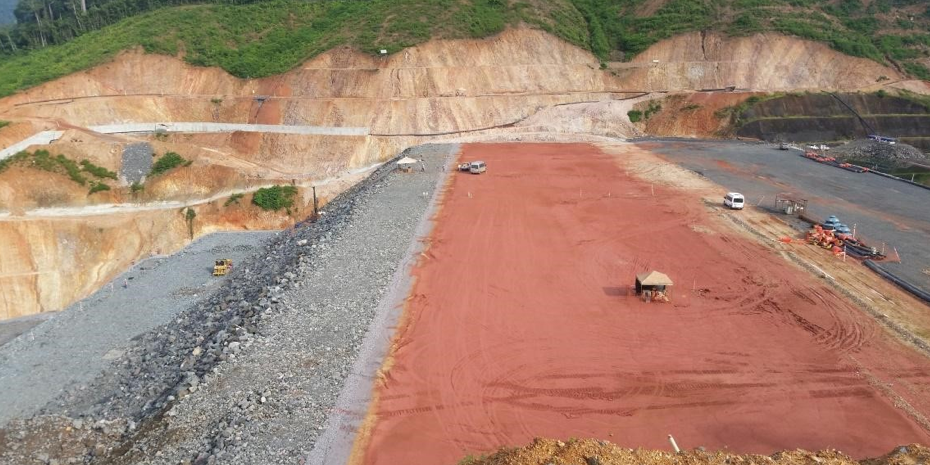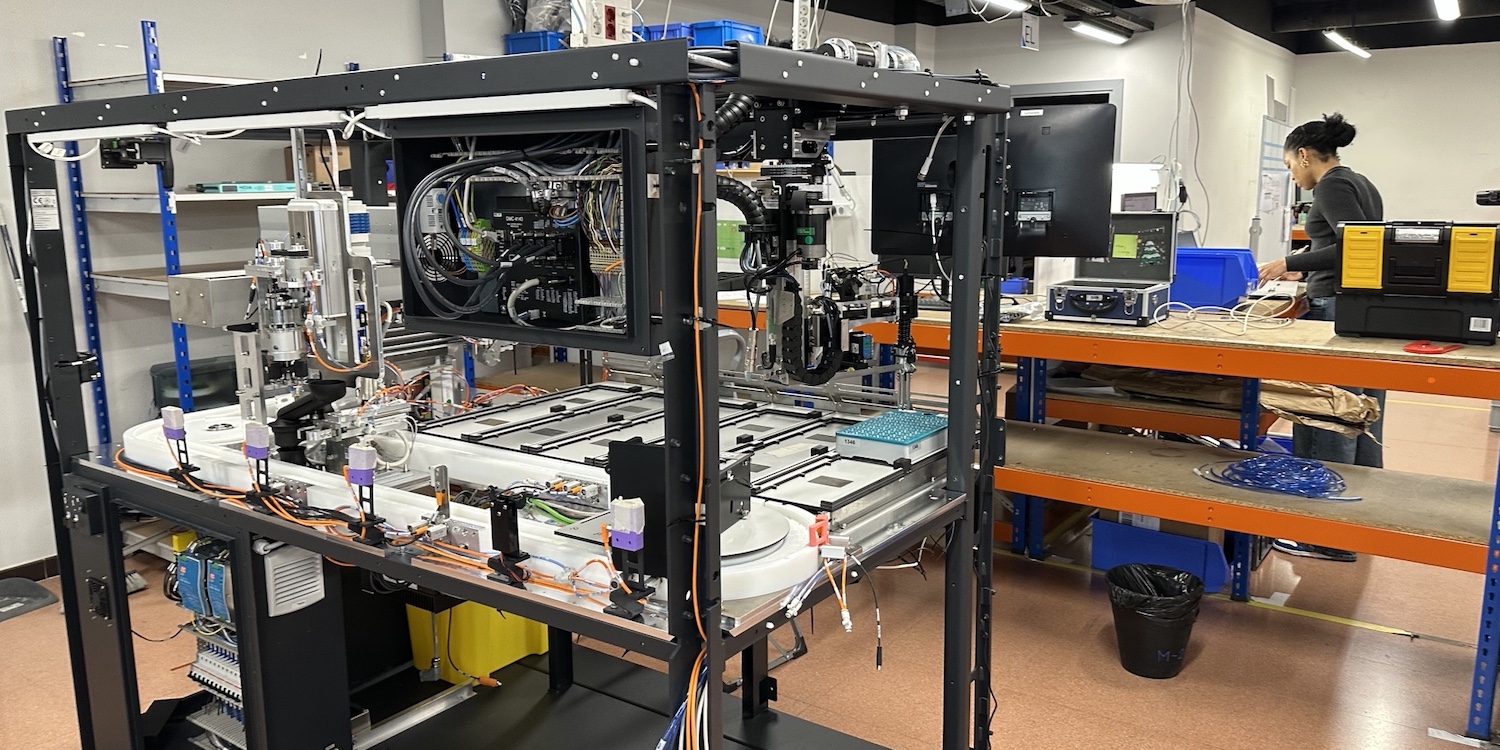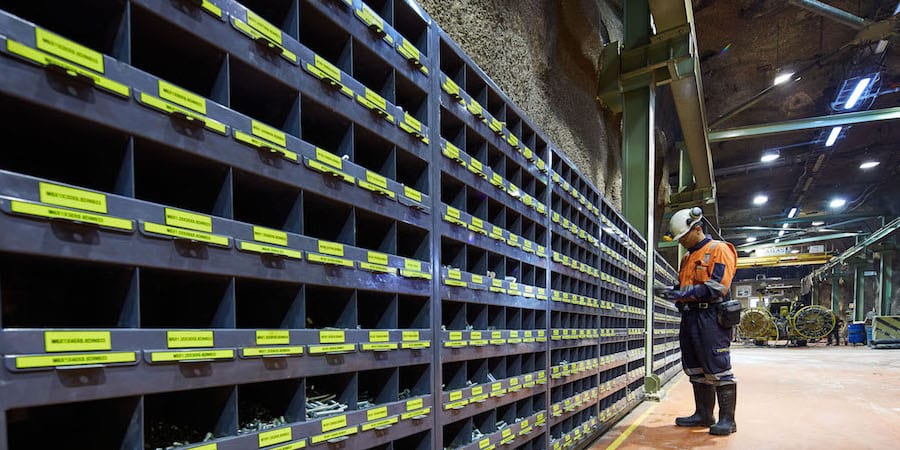
Daily management in construction
FEATURE – How lean daily management helped a Brazilian construction company to stabilize production in a tailing dam elevation project.
Words: Renato Mariz, Eduardo Lavocat, Flavio Picchi, Reymard Melo and Marcela CB
Daily management (DM) is a continuous process to ensure that the work is being done the right way and at the right time to achieve business success as defined by the company strategy. It entails the daily monitoring of actions to verify that the expected results are being achieved and, if they are not, to ensure that corrective action is taken swiftly.
The elements of daily management (they will be important to understand the development of the project outlined in this article) are:
- Visual management: the necessary information should be passed on to everyone involved in a visual, simple way, allowing everyone to understand the work. A whiteboard displaying key information is typically used to outline goals, problems, and actions taken.
- Teamwork for problem solving: you must create a culture in which hiding problems is neither acceptable nor possible. The right way to work, as advocated by Lean Thinking, entails exposing problems, solving them effectively, and asking for help when necessary. Just highlighting the numbers is not enough: daily management encourages (actually, it requires) teamwork and cooperation. The team should always engage in open discussion to understand the situation, carry out some on-time analysis, and decide what actions are needed in the event of a gap between current and expected performance.
- Help Chain - At its core, the help chain turns the traditional organizational pyramid upside down, allowing the organization to move away from a command-and-control attitude and promote a culture in which all the necessary support is given to the value-creating and problem-solving processes; it has to be clear to everyone involved how to escalate problems and how the actions to solve these problems should be performed.
- Leadership - Just attending huddles is not enough. Leadership must be involved in every step of the process. They should be able to keep meetings focused and all team members involved. Meeting routines create great opportunities for building the skills of employees and changing the way people deal with problems and work in teams.
THE COMPANY AND THE WORK
Construction company Apia has almost 60 years of experience and works predominantly on infrastructure projects: paving, dams, drainage, railroad, bridges, and tunnels.
The lean pilot project chosen by the company was the elevation of a tailings dam (an embankment dam typically used to store waste from mining operations) from 229.60 meters to 245 meters.
The project was divided into two areas of work:
- Material processing - part of the material (thick shale, fine shale, and quartzite) used in the dam was sieved and transported to the tailings dam.
- Dam: the launch pad of the processed and unprocessed material (clay and filter).
It is worth point out that the execution of this work involved the use of a lot of equipment. The most heavily used resource was the trucks. (Between rental, fuel, labor, and maintenance, the costs of trucks represented approximately 70% of overall cost of the job.)
IMPLEMENTATION OF DAILY MANAGEMENT
Before starting to implement daily management, the team went to the gemba to identify the main problems. They checked both work fronts (processing and dam). Based on what they saw and the data that the company had already collected, it was discovered that the process was very unstable: there was significant variation in the daily production on both fronts.
To stabilize the production process, the decision was made to implement Daily Management. The implementation focused on each of the main elements of a daily management system (as outlined above).
Visual management
The first step was the development of a visual management framework (first version) for the material-processing task. Based on what was typically occurring in the process and also in line with field language, the team decided to use "travel" as a production measurement unit and measure the productivity in terms of travel per truck. Finally, they held a meeting with those in charge of the material processing task to explain the new practice, set schedules, and decide who the meeting participants would be.
After two weeks, the team implemented and consolidated daily meetings in screening. Supervisors met with some resistance in the beginning. However, once the meeting routine was established, people realized its benefits. Daily management has also been incorporated into the dam task, with some adaptations on the board.

Visual management helped to expose problems, especially in the practical understanding of the concepts of production and productivity. Before daily management, production was the only metric the team attempted to control: regardless of the number of trucks, the goal was always to reach the daily amount of trips. After the visual management board and meeting routine were implemented, team members began optimizing truck use, organizing a few rounds per day to prevent trucks from queuing in the cycle when the schedule changed. (It is important to note that trucks were rented and paid by the hour; therefore, when queues occurred at a certain cycle, this implied additional rent and fuel costs.)
Teamwork for problem solving
Team involvement was a key factor in the successful implementation of daily management. Many problems were unearthed when the daily meeting routine was introduced. Simple problems were solved with immediate team-wide action, while larger ones became the subject of additional analysis conducted with the engineering team.
During the first month, the team identified some recurring issues: for the material screening process, this was the instability in truck cycles; for the dam process, it was the high number of trucks. The constant change in the location from which the processed material would be removed and transported to the dam caused production problems in relation to the number of trucks and machines that would be used to complete the task.
Lines of trucks could be seen passing through the field. The client typically informed the team of their requirements shortly before the work day began or shortly after it started, which resulted in a particular stock being released to ensure the removal of material and its transportation the dam. (In order to release the processed material for transport, its stock had to be full and the topography team increased its volume.)
The team proposed a countermeasure after carefully analyzing the data: the creation of a spreadsheet that mapped out all possible scenarios and could absorb the daily changes made by the customer. Therefore, all stocks and ATDs (Average Transportation Distance) were defined with data timed at the Gemba.
The spreadsheet was distributed to all team members, which gave them more autonomy in the field and also better control of the correct amount of trucks. A visual board was also created as a way of identifying where materials were being removed on a daily basis.

The help chain
Previously, the help chain functioned informally. Actions were taken on some problems that came from the field, but there was no priority, control, or follow up on these actions. The contract manager and the planning engineer often missed some of the field information.
Therefore, when the daily field meetings were already taking place as planned, the engineering team decided to hold a quick meeting (15-30 minutes) at 11:30 am so that they could align with the field information daily, discussing it, monitoring it and generating action plans accordingly.
Some issues escalated from the field meeting to the engineering meeting and were resolved by immediate action, while others required visual management to follow up, so the team deployed a Kanban board. Thus, a structured help chain with field participation and engineering was established.

Leadership
The role of leadership was instrumental in implementing daily management. The change in mindset of the engineering team was felt by the project team. The planning engineer and project manager, who did not usually go to the Gemba, started visiting it more frequently, as meeting attendance became cyclical between the project manager, the lean manager, and the planning engineer. Therefore, they attended the daily field meeting at least three times a week and the engineering meeting every day.
Over time, team members began to bring up more problems and to participate more actively in the meetings. They stressed the importance of the engineers' presence and of the actions that were taken at the meetings with their help.
RESULTS AND NEXT STEPS
After the project completion, data was collected and several cost savings were reported:
- Material processing task – 4% in cost reduction (R$ 486,000 – about US$ 120,000).
- Dam task – 7% in cost reduction (R$ 535,500 – about US$ 130,000).
This resulted mainly from reducing the planned number of trucks (representing 70% of the project cost) and making better use of the trucks that were available.
Transparency through visual management was also a positive outcome for the team. This made the data easy to control for team members.
In addition, the project was completed on schedule, and the behavior of managers and engineers shifted to focus not only on production but also on productivity. Such a concept helped them to always be aware of waste and daily problems.
The daily practice of these actions helped to stabilize processes and facilitated their improvements. DM was considered a fundamental practice for the construction company, which will benefit from the learning of this pilot project to expand this practice to other processes.
Source: Lean Institute Brasil
THE AUTHORS





Read more


CASE STUDY – Lean allowed NGNY to evolve from creative improvisation to structured performance by redesigning operations and standardizing processes – achieving reliable deliveries, built-in quality, and a cultural transformation.


FEATURE – In the second article of our series written by the front-line staff of Siena University Hospital, we learn how the lean principles of pull and flow have transformed the blood donating process.



CASE STUDY – Over the past four years, by developing its kaizen capabilities and crafting a better approach to maintenance, a Turkish gold mine has significantly reduced its extraction costs.


INTERVIEW – During a chat with Planet Lean, Darril Wilburn explains why courage and humility are necessary elements to establish a culture based on continuous improvement.

